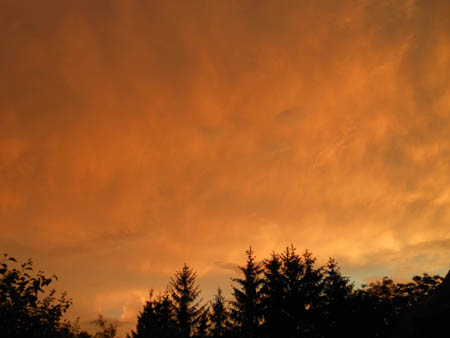 |
| Public domain image by michalina |
The Moon and the Sun are the only celestial bodies close enough to the Earth to be photographed with ordinary telephoto lenses. Particular care must be exercised when photographing the Sun, but that is not relevant to this low-light section.
The Moon can be photographed using any telephoto lens, but in practice the focal length needs to be at least 400mm and preferably 600mm or 800mm. The diameter of the Moon in an image obtained with a 35mm camera and a 600mm lens will be about 6mm, and for an 800mm lens about 8mm. Obviously these image sizes can be doubled by using a 2x teleconverter.
Exposures are simple to calculate but must be obtained from a spot measurement on the Moon itself and not from the overall frame including large areas of black sky. In practice, when using ISO 100, an exposure of 1/250 second at f/8 generally gives a satisfactory result for the full Moon. A crescent Moon will require rather more exposure - perhaps 1/125 second or even 1/60 second.
It is important to remember that the Moon moves rapidly with respect to the Earth, and that the Earth is rotating. The Moon appears to move a distance equal to its own diameter in a period of about two minutes. Long exposures would therefore produce a blurred image. For any image of the Moon it is important to use a very stable tripod and a remote release to avoid moving the camera during the exposure. With long telephoto lenses, even the release of the shutter mechanism may cause camera movement and hence blurring.
It is also possible, using a camera's multiple exposure facility, to photograph a night scene - perhaps a building or a city panorama - and then change to a telephoto lens to add the Moon. Clearly the basic scene has to be planned to leave a suitable area of clear sky in which the Moon will be positioned. It is also important to ensure that when the Moon is photographed it is surrounded only by black sky.
Photographing the stars in a clear night sky can also be worthwhile. The rotation of the Earth causes them to trace arcs across the sky which, when combined with some earthbound feature such as the landscape or a structure, creates an interesting image. When the Pole Star is placed at the centre of the image, other stars collectively trace attractive circles in the sky. Use a reasonably wide-angle lens to include a large area of sky and countless stars, and try exposures of around 30 minutes at ISO 100. Bracketing is important as the results depend upon the overall darkness of the sky and the proximity of city lighting and so on.






